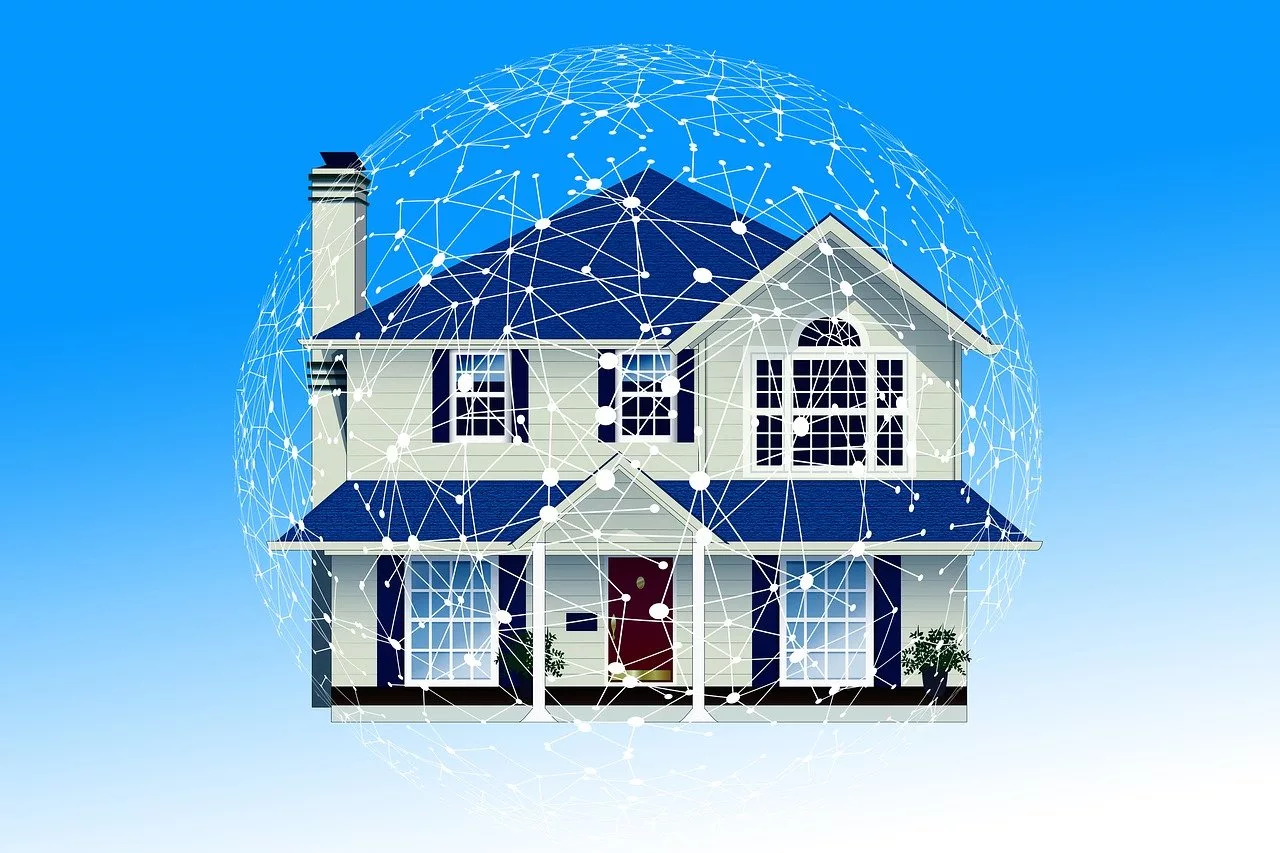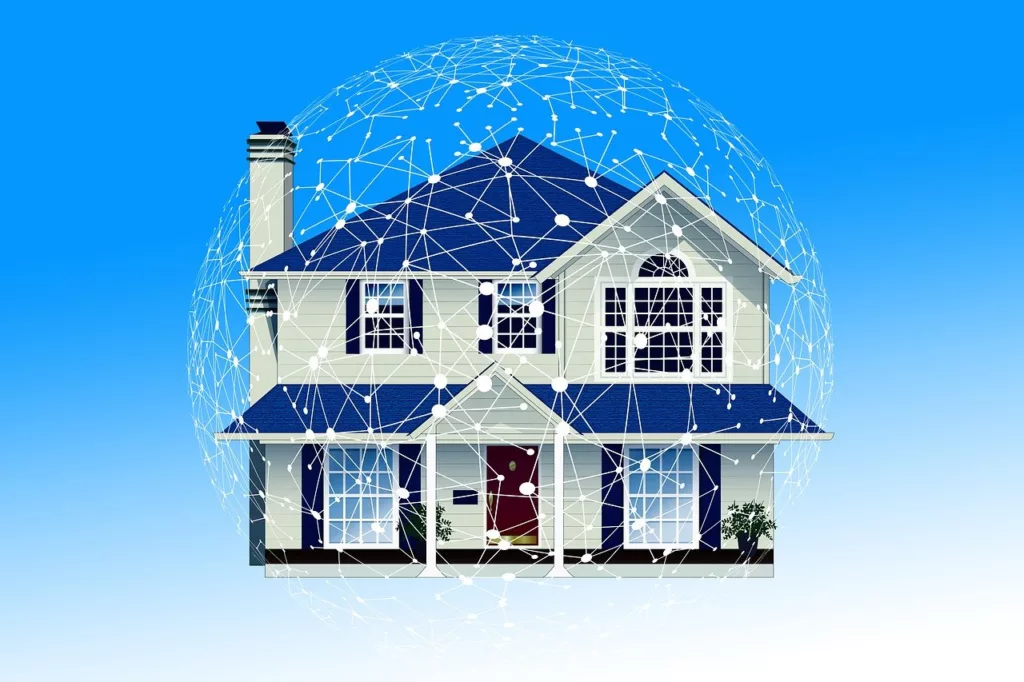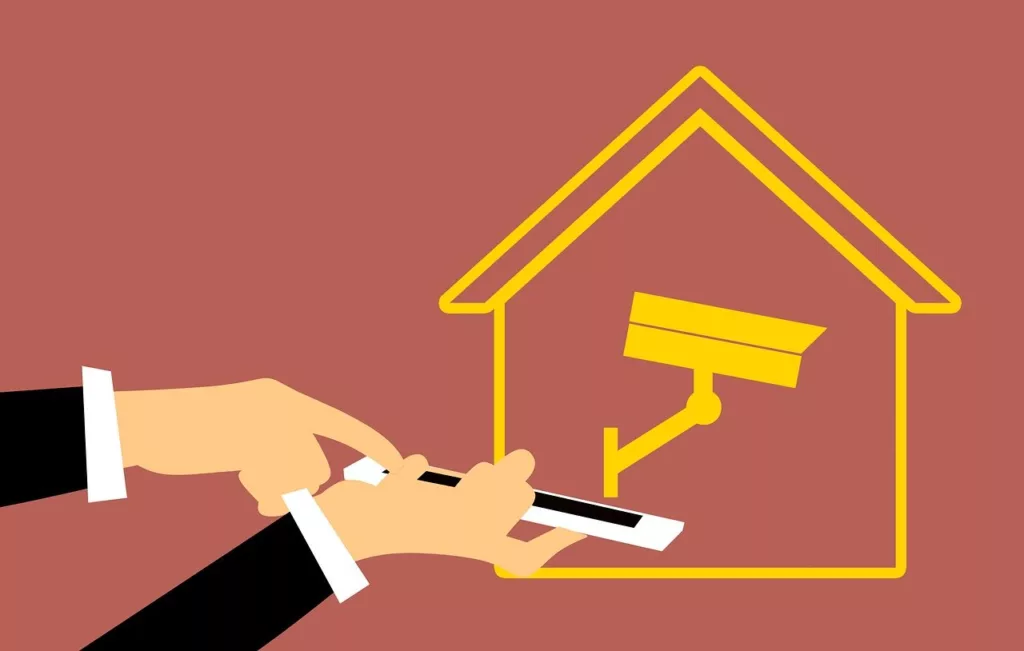
How Smart Home Systems in San Francisco Create Tech Marvels?

In the heart of technology innovation, smart home systems in San Francisco have become a hot topic for evolution. From the early beginnings of home automation to the integration of artificial intelligence (AI) and the Internet of Things (IoT), smart homes in this tech-savvy city have transformed living spaces into marvels of technology.
Introduction
Definition of Smart Home Systems
Smart home systems refer to the integration of technology into residential spaces to enhance comfort, security, and energy efficiency. These systems utilize connected devices and sensors, allowing homeowners to control various aspects of their homes remotely.
Importance of Smart Home Systems in San Francisco
San Francisco’s dynamic lifestyle and environmental consciousness have fueled the rapid adoption of smart home systems. As the city embraces technological advancements, the demand for intelligent, automated homes continues to rise.
Evolution of Smart Home Technology
Early Beginnings
The journey of smart home technology traces back to the early 20th century, with the invention of basic home automation devices. However, it wasn’t until recent decades that significant advancements paved the way for the sophisticated systems we see today.
Technological Advancements
The integration of voice recognition, machine learning, and AI has propelled smart home systems to new heights. Homeowners can now enjoy seamless connectivity and automation, making daily tasks more efficient and enjoyable.
Integration with AI and IoT
The marriage of artificial intelligence and the Internet of Things has revolutionized smart homes. AI algorithms learn user preferences, adapting to individual routines and making predictive adjustments for optimal comfort and efficiency.
Key Components of Smart Home Systems
Smart Lighting
Smart lighting systems enable users to control lighting intensity, color, and ambiance through smartphone apps or voice commands. This not only enhances aesthetics but also contributes to energy savings.
Home Security Systems
Integrated security features include smart cameras, motion sensors, and doorbell cameras, providing homeowners with real-time monitoring and instant alerts. These systems significantly enhance home security.
Smart Thermostats
Smart thermostats learn user habits and adjust temperature settings accordingly, maximizing energy efficiency. Residents in San Francisco benefit from reduced energy consumption and lower utility bills.
Entertainment Systems
Smart home entertainment integrates audio and visual components, offering immersive experiences. Homeowners can create personalized home theaters or enjoy music throughout their living spaces with ease.
Integration with Sustainable Practices
Energy Efficiency
Smart home systems contribute to energy conservation by optimizing lighting, heating, and cooling based on real-time needs. This aligns with San Francisco’s commitment to sustainability and reduced carbon footprint.
Environmental Impact
The use of eco-friendly materials in smart home technology, coupled with energy-efficient practices, minimizes environmental impact. San Francisco residents contribute to a greener future through their adoption of these systems.
Cost Savings
While the initial investment in smart home technology may seem substantial, the long-term cost savings, particularly in energy bills, make it a financially prudent choice. San Francisco homeowners are increasingly recognizing the economic benefits of these systems.

Smart Home Adoption in San Francisco
Tech-Savvy Culture
San Francisco’s reputation as a technology hub fosters a culture of innovation and early adoption. Residents embrace the latest technological trends, making smart home systems a natural fit for the city’s lifestyle.
Environmental Awareness
The city’s commitment to environmental sustainability aligns with the energy-efficient features of smart homes. San Franciscans are motivated by a shared responsibility to minimize their ecological footprint.
Home Automation Trends
The desire for convenience and efficiency drives the continuous evolution of home automation. San Francisco homeowners actively seek cutting-edge technologies to enhance their daily lives.
Challenges and Solutions
Privacy Concerns
As smart home systems collect data to personalize experiences, privacy concerns arise. Encryption and user-friendly privacy settings are essential to address these issues and build trust among users.
Security Measures
Protecting smart homes from cyber threats is crucial. Regular software updates, strong passwords, and secure Wi-Fi networks are fundamental measures to safeguard against potential security breaches.
User-Friendly Interfaces
Ensuring that smart home interfaces are intuitive and user-friendly is essential for widespread adoption. Simplifying the setup process and providing clear instructions enhance the overall user experience.
Impact on Daily Life
Convenience
The ability to control various aspects of the home through a centralized system offers unparalleled convenience. San Francisco residents enjoy the ease of managing their homes with a few taps on their smartphones.
Time Savings
Automated routines and predictive adjustments save residents valuable time. Tasks such as adjusting thermostats, setting up security parameters, and controlling lighting can be done effortlessly.
Improved Quality of Life
Smart homes contribute to an enhanced quality of life by reducing stress and providing a more comfortable living environment. The integration of technology aligns with the city’s commitment to improving overall well-being.
Future Trends in Smart Home Systems
Advancements in AI and Machine Learning
Ongoing developments in AI and machine learning will lead to even more intelligent and adaptive smart home systems. Personalized experiences will become more sophisticated, catering to individual preferences seamlessly.
Integration with Smart Cities
The future of smart home systems involves greater integration with smart city initiatives. Seamless connectivity between homes and urban infrastructure will redefine the concept of smart living.
Customization and Personalization
Smart home technology will offer increasingly customizable features, allowing residents to tailor their systems to their unique preferences. Personalization will be a key driver in the adoption of these technologies.
Real-Life Examples
Case Studies of Smart Homes in San Francisco
Highlighting real-life examples of smart homes in San Francisco showcases the practical applications and benefits experienced by homeowners. These case studies provide valuable insights for those considering smart home integration.
Testimonials from Users
Gathering testimonials from actual users adds a human touch to the article. Personal experiences and success stories provide credibility and resonate with readers considering smart home upgrades.
Comparison with Traditional Home Systems
Benefits Over Traditional Systems
Comparing the benefits of smart home systems to traditional setups emphasizes the advantages in terms of energy efficiency, security, and convenience. San Francisco residents can make informed decisions based on these comparisons.
Cost Comparison
An objective analysis of costs, both initial and ongoing, helps potential adopters weigh the financial implications. Demonstrating long-term savings and value for money is crucial for smart home system acceptance.
Long-Term Viability
Discussing the long-term viability of smart home systems establishes their role as not just a trend but a lasting solution. San Francisco homeowners can feel confident in the sustainability of their investment.
Expert Opinions
Interviews with Tech Experts
Gaining insights from technology experts in San Francisco adds authority and expertise to the article. Expert opinions provide a deeper understanding of the current landscape and future possibilities.
Insights from Industry Leaders
Perspectives from industry leaders offer a broader perspective on the role of smart home systems in shaping the future of residential living. Their insights contribute to the overall narrative of technological advancements.

Recommendations for Smart Home Integration
Planning and Installation Tips
Practical tips for planning and installing smart home systems guide readers through the initial stages of integration. This section aims to simplify the process for those considering adopting this technology.
Upgrading Existing Systems
For homeowners with existing smart home setups, guidance on upgrading ensures they stay at the forefront of technology. Recommendations for enhancing current systems contribute to continuous improvement.
Choosing the Right Technology
As the market evolves, choosing the right technology becomes crucial. Providing information on the latest trends and considerations helps readers make informed decisions when selecting smart home devices.
Addressing Common Misconceptions
Myths About Smart Home Systems
Addressing common myths dispels misconceptions that may hinder adoption. Clearing up misunderstandings fosters a more accurate understanding of the benefits and capabilities of smart home systems.
Clarifications and Facts
Presenting factual information and clarifications reinforces the credibility of smart home technology. Providing accurate data counters misinformation and builds trust among potential users.
Community Impact
Social Connectivity
Smart home systems contribute to social connectivity by fostering communication and collaboration among neighbors. Community-building features enhance the overall living experience in San Francisco.
Neighborhood Collaboration
Encouraging collaboration on smart home initiatives within neighborhoods strengthens community bonds. Shared experiences and knowledge create a supportive environment for widespread adoption.
Community Initiatives
Highlighting community initiatives related to smart home technology showcases the collective effort toward a technologically advanced and sustainable future. San Francisco communities actively participate in shaping the city’s future.
Conclusion
The integration of smart home systems in San Francisco represents a remarkable fusion of technology and lifestyle. As residents embrace the benefits of convenience, energy efficiency, and security, the city paves the way for a future where smart living is the norm.
FAQs:
- What makes San Francisco a hotspot for smart home technology? San Francisco’s tech-savvy culture and environmental awareness make it a natural fit for the adoption of smart home systems.
- How do smart home systems impact energy efficiency? Smart home systems optimize energy usage by adjusting lighting, temperature, and other factors based on real-time needs, leading to significant energy savings.
- Are there privacy concerns associated with smart home technology? Yes, privacy concerns exist, but encryption and user-friendly privacy settings help address these issues and build trust among users.
- What role do expert opinions play in the article? Expert opinions provide valuable insights into the current landscape and future trends of smart home technology, adding authority to the narrative.
- How can communities benefit from the adoption of smart home systems? Communities benefit from enhanced social connectivity, neighborhood collaboration, and collective efforts toward a technologically advanced and sustainable future.

The ©Heidi’s House Difference? An affordable Smart Home tailor-made for you.
